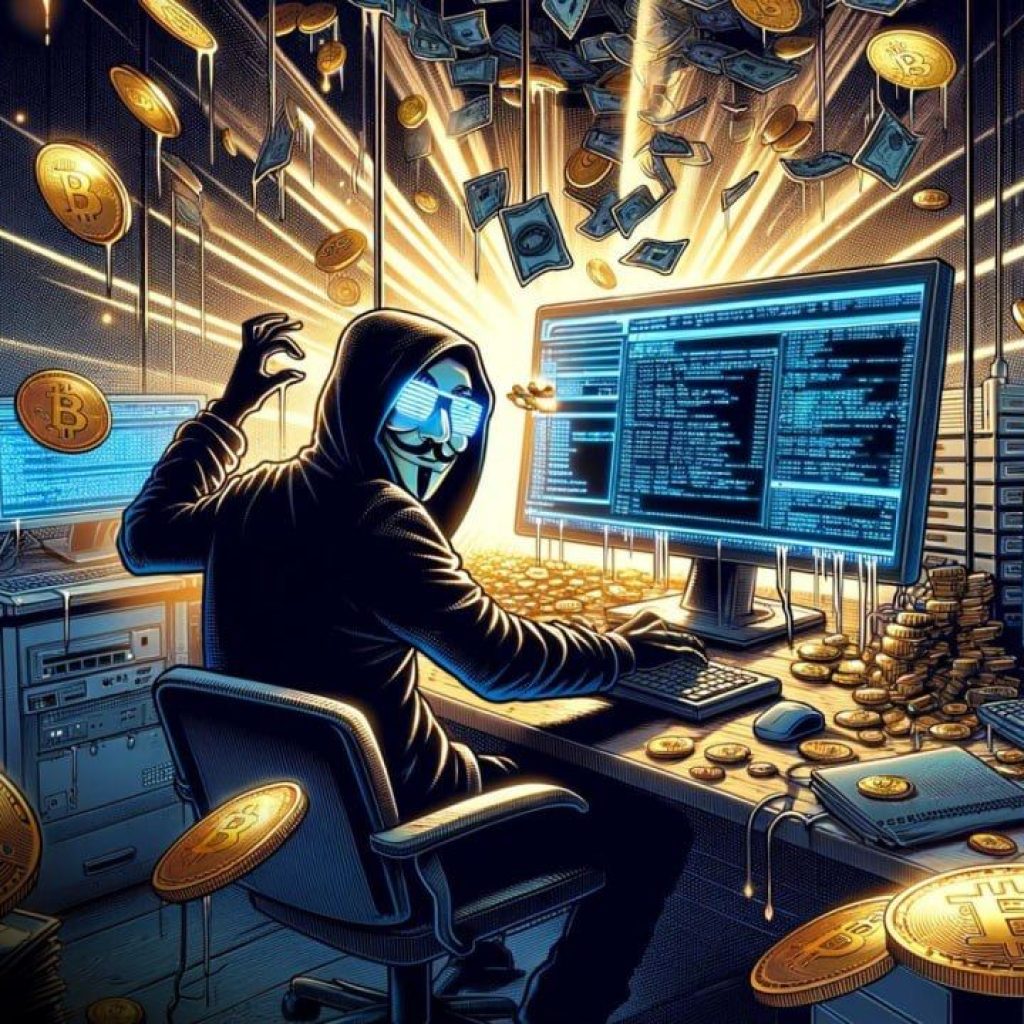Few technologies have captivated the traditional financial sector more than tokenization, which has already been recognized by dozens of well-known banks for its potential to shake up the way financial markets operate.
Over the last few years, we’ve seen dozens of headlines screaming about how big banks like Goldman Sachs and JPMorgan Chase are eagerly exploring the benefits of tokenization, which refers to the process of bringing physical assets onto the blockchain so they can be traded in a decentralized way. Platforms such as Blocksquare are already transforming the real estate sector with tokenization, while the likes of Maecenas and Masterworks are doing the same for luxury art investing.
The interest of traditional financial powerhouses in this technology is well documented. For instance, in 2023, Goldman Sachs, together with Société Générale and Santander, recently assisted the European Investment Bank with a two-year tokenized bond issuance valued at €100 million.
Meanwhile, JPMorgan has been exploring the advantages of tokenization in the foreign exchange markets, completing a proof-of-concept transaction involving Singapore dollar and Japanese yen deposits. And the Dutch bank ABN Amro made headlines in January 2023 when it issued bonds worth €450,000 on the Stellar XLM blockchain.
The analyst firm Boston Consulting Group forecasts that the combined global value of tokenized assets will reach $16.1 trillion by 2030, transforming access to a number of illiquid markets.
Accessible investing
In simple terms, tokenization enables real-world assets, such as real estate, luxury art, fine wine, bonds, stocks and shares, commodities and more to be represented as digital tokens that live on the blockchain. These tokens are embedded with various data and functions, including automated compliance actions such as clawbacks and freezes. By encapsulating all of the necessary data within the digital footprint of these tokens, it’s possible to trade them on decentralized markets 24/7, with transactions processed in real time.
This is hugely promising for many markets. While some aspects of finance, such as foreign exchange and equities already benefit from digital efficiency, the same cannot be said for many others, such as real estate, which are still heavily reliant on manual processes.
Perhaps the biggest benefit of tokenization is the way it lowers the barrier to entry for investors. The real estate sector has long been seen as a relatively exclusive market, because investors require a significant amount of capital to participate. Even the most affordable homes in the U.S. cost in excess of $100,000 in many cities, well beyond the means of most people.
Tokenization changes the game. Blocksquare’s tokenized real estate marketplace provides numerous investment opportunities for investors of more limited means, giving them a chance to invest in a range of luxury rental properties for less than a hundreds dollars. Tokenization does this because it enables a concept known as “fractionalization” or “fractional ownership”, where something like a million-dollar beachfront hotel can be split into 10,000 tokens, all representing a 10,000th of a share in that property. If that hotel is valued at $1 million, the individual tokens can be bought and sold for just $100. Whoever owns that token would then be entitled to receive a portion of the revenue that property generates.
The beauty is that anyone can buy tokenized real estate on Blocksquare. All they need to do is purchase the platform’s native cryptocurrency BST, which is sold on crypto exchanges such as Bitpanda, to get started in real estate investing.
In addition to real estate, tokenization also opens the doors to the world of blue-chip art, a market that has consistently delivered big returns to investors. Luxury artworks typically trade hands for millions of dollars, but by going through a platform such as Maecenas or Masterworks, it’s possible to become a part-owner of various renowned artworks for just a few hundred dollars. The tokenized art is displayed in a public art gallery for the benefit of all, and the individual tokens can be traded on decentralized marketplaces. If the platform ultimately decides to sell the art to cash in on its profits, token holders will automatically be reimbursed their share of the sale’s proceeds.
Maecenas made headlines in 2018 when it acquired a 31.5% ownership stake in Andy Warhol’s famous painting “14 Small Electric Chairs” for $1.7 million.
Even gold can be democratized with tokenization. Traditionally, the most affordable way to invest in gold was to simply purchase a relatively inexpensive piece of gold jewelry, but access became even easier with HSBC’s Evolve platform, which introduces the concept of tokenized gold. The bank tokenized a significant portion of the gold held in its London vaults, with each token representing 0.001 troy ounce, which can be traded using its distributed ledger technology.
Other examples of this include Pax Gold and DGLD, which sell tokens that are backed by physical gold stored in vaults, allowing investors to own and trade fractional amounts of the precious metal.
An enticing prospect
By democratizing markets like real estate, fine art and commodities, tokenization can have a significant impact on liquidity and potentially bring enormous value into them. The ability to buy and sell low-cost tokens promotes capital inflow, as it opens the door to more investors, which can potentially lead to a dramatic increase in demand for such assets. We’ve already seen evidence of this, with the market for tokenized gold topping $1 billion in April 2023.
When markets have more liquidity, they become more attractive to individuals, and not just because access is more affordable. The ability to quickly offload a once illiquid asset such as real estate can entice investors who require the ability to enter and exit positions at speed. Previously, selling a $1 million property would be a lengthy process, with vast amounts of paperwork involved and multiple middlemen. But $1 million worth of tokens can be sold in seconds without any intermediaries.
Transactions are far more efficient with tokenization, in terms of both cost and speed, enabling investors to diversify their portfolios more easily. After all, it only takes seconds to purchase a range of tokenized assets, including stocks and shares, FX, real estate, commodities, luxury art and even fine wine, spreading risk and potentially maximizing returns.
Disclaimer: This article is provided for informational purposes only. It is not offered or intended to be used as legal, tax, investment, financial, or other advice.





